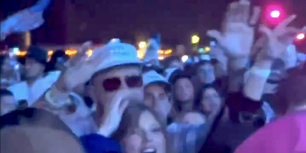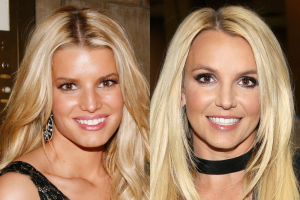
We've all listened to dubstep at some point. Surely, you've noticed how distinct and unique this genre is, with its catchy beats and mind-blowing melodies, but...
Where does this musical movement comes from?
Although EDM has been a trendy term in recent years, Electronic Dance Music has been around for decades. The diversity of styles is very wide and differentiated; no matter how you look at it, we cannot lump all genres and artists into one group. This does not satisfy the people who are dedicated to making this kind of music as well as those who have been documenting the evolution of this movement.
Among these many genres, we have dubstep which emerged in London and whose first samples were published in 1998. These were instrumental, dark and experimental remixes of 2-step garage productions, made with the intention of incorporating the funky elements of breakbeat or the darker traits of drum and bass into 2-step itself.
It started out as a darker, more experimental take. At 140 BPM, the sound of dubstep was far from the aggressive tracks that are associated with the genre today. The earliest incarnations of dubstep date back more than 10 years, but the sound really started to grow in 2005.
It is known that dubstep is as a rule instrumental type of music. As in the contemporary grime, its sonority tends to be dark, the themes usually use minor modes and sometimes include dissonant harmonies, as when uses tritones within a riff.
Other characteristic features of the genre are the use of restless and choppy rhythms, as well as the almost omnipresent presence of sub-bass. Some dubstep musicians have incorporated external influences into the style, from Basic Channel-style dub techno to classical music or heavy metal.
Into all of this environment, a Belarus musician has made his way, by adding his own essence and style. We are talking about PYTI, whose real name is Alexey Nikitin.
PYTI - changing some paradigms
He breaks these set schemes of dubstep with his songs. A total overturn to the conventional music by means of the break of the rhythm. This is a feature that PYTI has taken advantage of, and it is precisely the one that enchants all his fans.
The deep lines of his tracks, the calculated rhythmic dispersion, and its atmosphere of restlessness as well as the halo of mystery that surround his creations, have made of him an illustrative musician of the tension of the young millennium stop.
Last year, we had a glimpse of some of his songs, like Night Wish, which describes the feeling of being in love, of how they intensify at night-time, as the dark, lonely black sky has always been the witness of passion throughout history, and then, the mixture of these rhythms with melodies that showed some of his internal feelings, as love never comes single-handed when it comes to emotions.
This year, he has released new songs. His new melodies are refreshing. They show a more gleeful side of this genre, resembling yin and yang: the bad with its good side, for neither can exist without the other.
First, there is Fortuna, which belongs to the EDM genre. It makes you want to dance. The first part is designed to get you in the mood of the track, the melodies mark its progression, the drops and small pauses are inspiring: they are to make you dance.
EDM music is also about how the listeners interpretate it. The rhythms and the lack of lyrics leave space for the brain to be more creative. This song has that quality, and it can change the emotions of its listeners. It invites to dance, but it also has a relaxing effect on the mind.
Focus, on its part, belong to Dubstep. But this song is the yang of the ying, the light-sided face of dubstep. Its rhythms inspire calmness, with some pauses that present the energetic side of this melody. PYTI achieves a perfect balance: he knows when to pull back and when to add, thus creating an amazing effect.
It makes you feel in a trance: there's no lyrics to distract, but the sole energetic rhythms that guide you through the piece until its very end, closing up the song with a slow, soothing note.
For those who don't have affinity with conventional instruments such as drums, guitars, violins and so on, these songs might be the kind of music they have been looking for. If there is something we can agree on, is that these conventional instruments will never be able to create the catchy sounds that EDM and Dubstep synthesizers do.
* This is a contributed article and this content does not necessarily represent the views of musictimes.com













